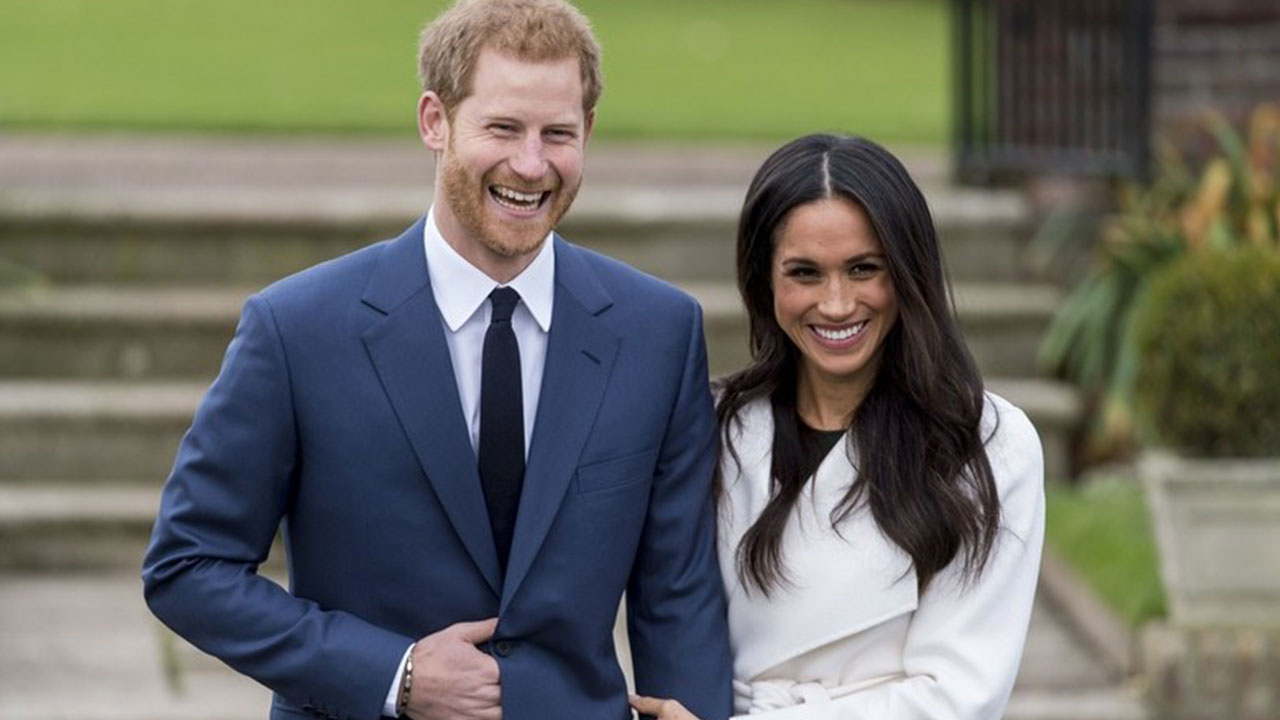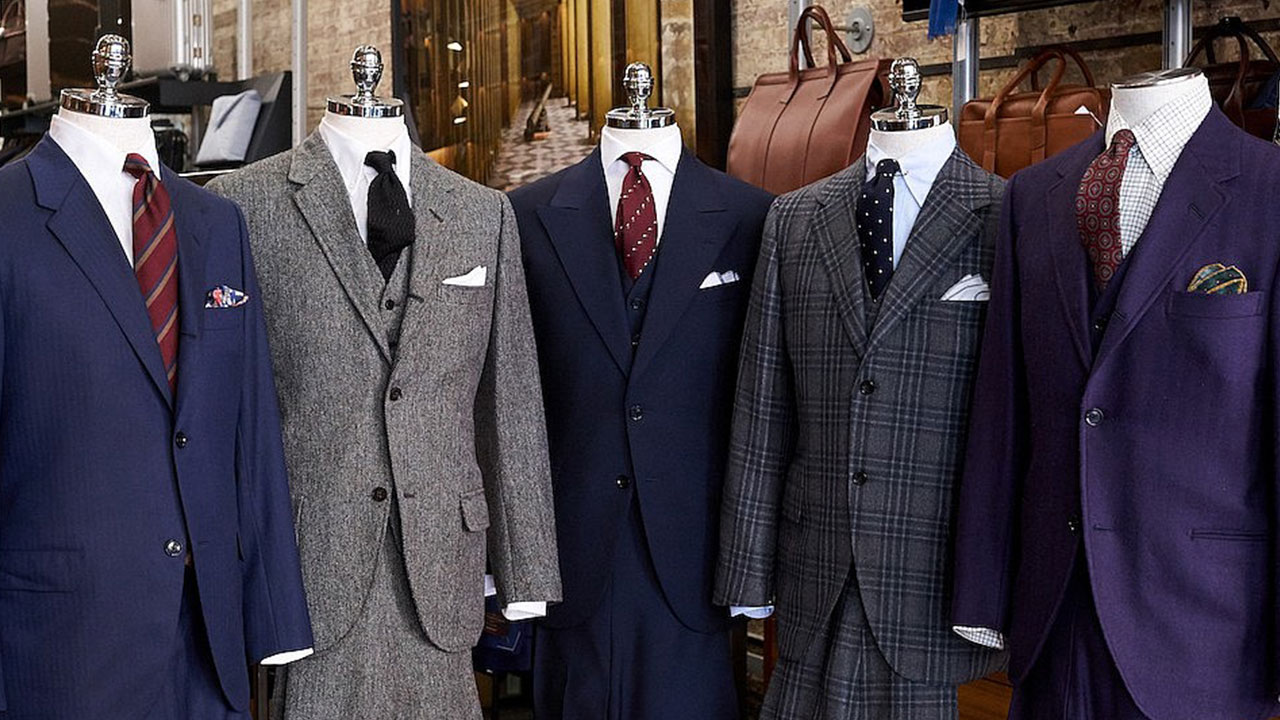Everything
Picking out your first suit for work can be an intimidating experience. I was about to start an internship at a menswear company and bought mine from Barneys New York. It took me 6 months to save up for it. The suit was made of a beautiful cloth, a charcoal sharkskin fabric by Loro Piana, and had padded shoulders and low notch lapels. I didn’t know how it should’ve fit at the time but I had read Dressing The Man, Gentleman and even Farid Chennoune’s History of Men’s Fashion. And the one thing they all taught me was that a suit meant business.
Dressing for work has never been as confusing as it is now. In the past people just wore a suit to their corporate job. Men would wake up in the morning, pick out a navy or charcoal suit, a white shirt, a silk tie and rush out of the house before the misso could remind them they were having dinner with her sister.
Though many industries today no longer require guys to “dress up”, business dress still remains a considerable part of workplace etiquette, especially in fields like finance and law.
For cultural and economic reasons, some people look at formal business dress (or business formal as it’s also known) with a mixture of disdain and resentment. They might associate the suit with elitists and corrupt capitalists but this wasn’t always the case. The suit, was at one time a symbol of liberal fraternity, something that rejected the monarchy and embraced democratic ideals. Edwardian men who wore suits instead of sumptuous aristocratic garments sent out a clear message to society: that they were no different from everyone else. (And it’s a legacy that’s continues today with increasingly casual office dress codes.)
Still, contemporary business dress takes inspiration from the very aristocratic ideas of occassionality and appropriateness. Whether or not these things should matter, the fact of the matter is that they do. I personally wouldn’t trust a lawyer dressed in a hoodie and jeans and I’m sure most people wouldn’t either. The way we dress speaks volumes about the way we view ourselves, and what we think of others – both in and outside of the office.

In principle, business dress ought to express the following ideal: that everyone should be judged on the content of their character, not on the size of their inheritance. Uniformity in business dress means to make people sartorial equals so that they can compete more fairly in other areas. Even in less formal fields like IT and marketing, people still expect you to wear a t-shirt or casual button up and jeans. Anyone who wears a suit risks being labelled an elitist (or worse, a stiff). Dress codes still exist even if nobody articulates them.
Business is not just an economic activity. At it’s core it is fundamentally a social one. We exchange good and services with people first, institutions second. This raises a whole host of motivations for dressing appropriately but I think the most important one is this: to show that we respect ourselves and more importantly that we respect the people we work with. And so if you are expected to wear a suit and tie you might as well learn to do it properly.
Stay tuned for the next instalment in this series: The three suits you need for work.
You can follow ICON’s menswear experts, The Hounds on instagram @thehoundsblog
